- No products in the cart.
Creon 10000 capsules. kish.rastv. fl.p / e 50 pc
$15.99
Creon 10000 capsules. kish.rastv. fl.p / e 50 pc
Description
Composition
Active substance:
Pancreatin – 150 mg, which corresponds to 10000 units Eur. F. Lipase 8000 U Heb. F. amylase 600 U Heb. F. protease.
Excipients:
Macrogol 4000 – 37.50 mg hypromellose phthalate – 56.34 mg, dimethicone 1000 – 1.35 mg Cetyl Alcohol – 1.18 mg of triethyl citrate – 3.13 mg. hard gelatin capsule: gelatin – 60.44 mg, colorant ferric oxide red (E 172) – 0.23 mg, dye yellow iron oxide (E 172) – 0.05 mg iron oxide black dye (E 172) – 0 09 mg titanium dioxide (E 171) – 0.07 mg sodium lauryl sulfate – 0.12 mg.
Description:
Hard gelatin capsules № 2, consisting of opaque brown clear, colorless cap and the housing. Contents of capsules – minimicrospheres light brown.
Product form:
Enteric capsules 10,000 IU. 20, 50 or 100 capsules in a bottle made of polyethylene of high density with white polypropylene screw cap with tamper-evident. On the bottle label paste. 1 bottle together with instructions for use in a cardboard pack.
Contraindications
Hypersensitivity to any component of the drug.
Dosage
10,000 IU
Indications
Substitution treatment of exocrine (enzyme) pancreatic insufficiency in children and adults caused by a decrease in the enzymatic activity of the pancreas due to violation of products, regulation of secretion, delivering pancreatic enzymes or increased their destruction in the intestinal lumen, which is caused by a variety of diseases of the gastrointestinal tract, and is most often encountered in:
cystic fibrosis;
chronic pancreatitis;
after surgery on the pancreas;
after gastrectomy;
pancreatic cancer;
partial gastrectomy (e.g. Billroth II);
ductal obstruction of the pancreas or common bile duct (e.g., due to tumors);
Diamond syndrome Shvahmana;
condition after the attack of acute pancreatitis and the resumption of power.
To improve food digestion in patients with normal function ZhKTv case of errors in the diet (eating fatty foods, overeating, irregular meals, etc.).
Interaction with other drugs
Interaction studies have been conducted.
Overdose
Symptoms: hyperuricosuria and hyperuricemia.
Treatment: removal of the drug, symptomatic therapy.
pharmachologic effect
Pharmacological group:
Digestive enzymatic means. ATC code: A09AA02.
Pharmacodynamics:
Enzyme preparation improves the process of digestion of food for adults and children, and thus significantly reduces the symptoms of enzyme deficiency of the pancreas, including abdominal pain, bloating, changes in the frequency and stool consistency. Pancreatic enzymes included in the formulation, facilitate the digestion of proteins, fats, carbohydrates, leading to their complete absorption in the small intestine. Kreon® 10000 contains porcine pancreatin in the form minimicrospheres coated with an enteric (acid resistant) shell gelatin capsules. The capsules dissolve rapidly in the stomach releasing hundreds minimicrospheres. This principle is designed to simultaneously passages (inflow) minimicrospheres with food from the stomach into the intestines and thorough mixing minimicrospheres the intestinal contents, and, ultimately, a better distribution of enzymes after their release in the intestinal contents.
When minimicrospheres reach the small intestine, the enteric coat is destroyed rapidly (at pH> 5,5), is released enzymes with lipolytic, proteolytic and amylolytic activity that leads to the splitting of fats, carbohydrates and proteins. The resulting cleavage agent then either are absorbed directly or are further digested by intestinal enzymes.
Pharmacokinetics:
In animal studies it has been demonstrated the absence of absorption of undigested enzymes, resulting in classical pharmacokinetic studies have not been conducted. Preparations containing pancreatic enzymes, suction is not required for the manifestation of their effects. Conversely, the therapeutic activity of said drugs is fully implemented in the lumen of the gastrointestinal tract. According to their chemical structure, they are proteins and, therefore, the passage through the gastrointestinal tract enzyme preparations to split until no absorption occurs in the form of peptides and amino acids.
Pregnancy and breast-feeding
Pregnancy
Clinical data on the treatment of pregnant women with drugs containing pancreatic enzymes are lacking. Studies in animals have not revealed absorption of pancreatic enzymes swine origin, so the toxic effects on reproduction and fetal development is not expected. Prescribed the drug to pregnant women should be cautious if the expected benefit to the mother outweighs the potential risk to the fetus.
Breastfeeding
Based on animal studies, during which revealed no systematic negative impact of pancreatic enzymes, is not expected any harmful effects of the drug on the infant through breast milk.
During breastfeeding can take pancreatic enzymes. If necessary, take during pregnancy and lactation, the drug should be taken in dosages sufficient to maintain adequate nutritional status.
Conditions of supply of pharmacies
Without a prescription.
side effects
Disorders of the gastrointestinal tract
Very common (> 1/10): abdominal pain.
Often (> 1/100,
Frequency unknown: stricture of the ileum, cecum and colon (fibrosing colopathy).
Gastrointestinal disorders are mainly related to the underlying disease. The frequency of occurrence of adverse reactions such as an abdominal pain and diarrhea was lower or similar to that with placebo.
Stricture of the ileum, cecum and colon (fibrosing colopathy) were observed in patients with cystic fibrosis who received high doses of pancreatin preparations (see. Section “Special Instructions”).
Violations of the skin and subcutaneous tissue
Infrequently (> 1/1000,
Frequency not known: pruritus, urticaria.
Violations by the immune system
Frequency unknown: hypersensitivity (anaphylactic response).
Allergic reactions were observed mainly on the part of the skin, but were also noted and other manifestations of allergy. Reports of these adverse events were received during post-marketing use and were spontaneous. For an accurate assessment of the incidence of insufficient data are available.
In the application in children has not been noted any specific adverse reactions. Frequency, type and severity of adverse reactions in children with cystic fibrosis were similar to those in adults.
special instructions
Patients with cystic fibrosis treated with high doses of drugs pancreatin described stricture ileum, caecum and colon (fibrosing colonopathy). As a precaution, the appearance of the symptoms or unusual changes in the peritoneal cavity is necessary medical examination to exclude fibrosing colonopathy, particularly in patients who are taking a drug at a dose of more than 10,000 lipase units / kg per day. To avoid complications be used only after consulting a doctor.
Effects on ability to driving and other mechanisms:
Use of the drug Kreon® 10,000 have no or negligible effect on the ability to drive a car and mechanisms.
Storage conditions
Store at a temperature not higher than 25 C in a tightly closed package.
Keep out of the reach of children!.
Dosing and Administration
inside
The dose selected individually depending on the severity of the disease and diet composition.
The capsules should be taken during or immediately after each meal (in t. H. Snacks), swallowed whole, not chewed or crush, drinking plenty of fluids.
If difficulty swallowing (e.g., young children or elderly patients) capsules gently opened, and minimicrospheres added to soft foods requiring no chewing and having a sour taste (pH
Grinding or chewing minimicrospheres and mixing them with food or fluid pH greater than 5.5 may destroy their protective enteric coating. This can privecti to an early release of the enzymes in the oral cavity, reducing efficiency and irritation of mucous membranes. You must make sure that the mouth is left minimicrospheres.
It is important to ensure adequate fluid intake constant patient, especially at high fluid loss. Inadequate fluid intake can lead to or enhance constipation.
The dose for adults and children with cystic fibrosis
The dose depends on body weight and should be at the beginning of treatment in 1000 lipase units / kg per meal for children under four years, and 500 lipase units / kg during meals for children over four years of age and adults.
The dose should be determined depending on the severity of symptoms, test results of steatorrhea and maintenance of adequate nutritional status.
In most patients, the dose should remain less than or not more than 10,000 lipase units / kg body weight per day, or 4,000 lipase units / g of fat consumed.
The dose when other conditions involving pancreatic exocrine insufficiency
The dose should be set taking into account the individual characteristics of the patient, which include the degree of insufficiency of digestion and fat content in food. The dose that requires a patient, together with a main meal ranges from 25,000 to 80,000 IU of lipase, and during reception snack – half of the individual dose.
In children, the drug should be used in accordance with the doctor’s appointment.
Information
Appearance may differ from that depicted in the picture. There are contraindications. You need to read the manual or consult with a specialist
Additional information
| Weight | 0.100 kg |
|---|---|
| Manufacturer | Abbott |

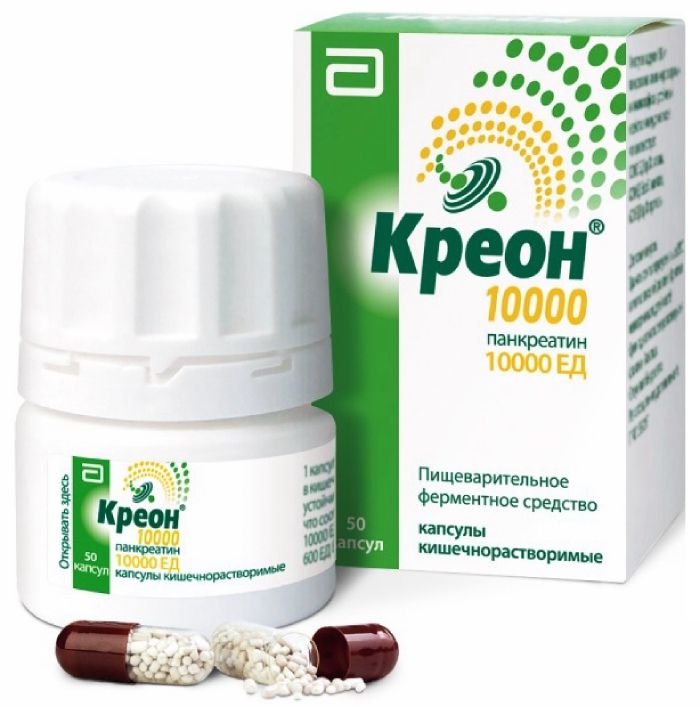
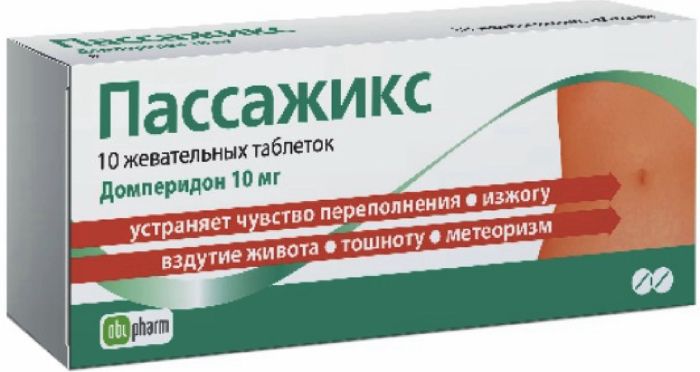
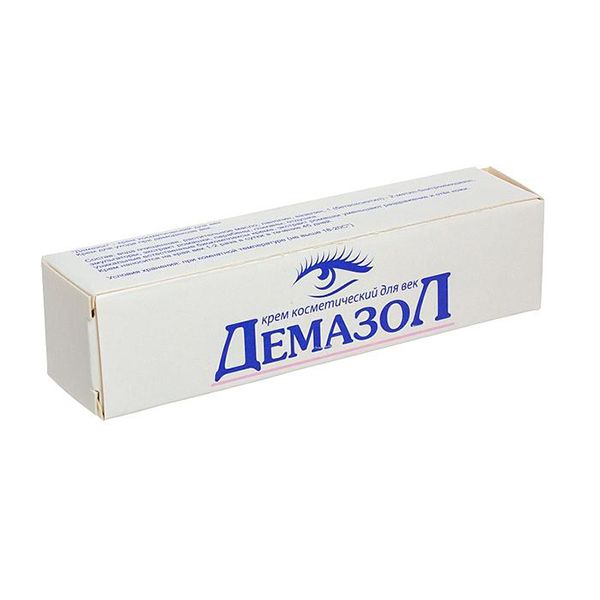

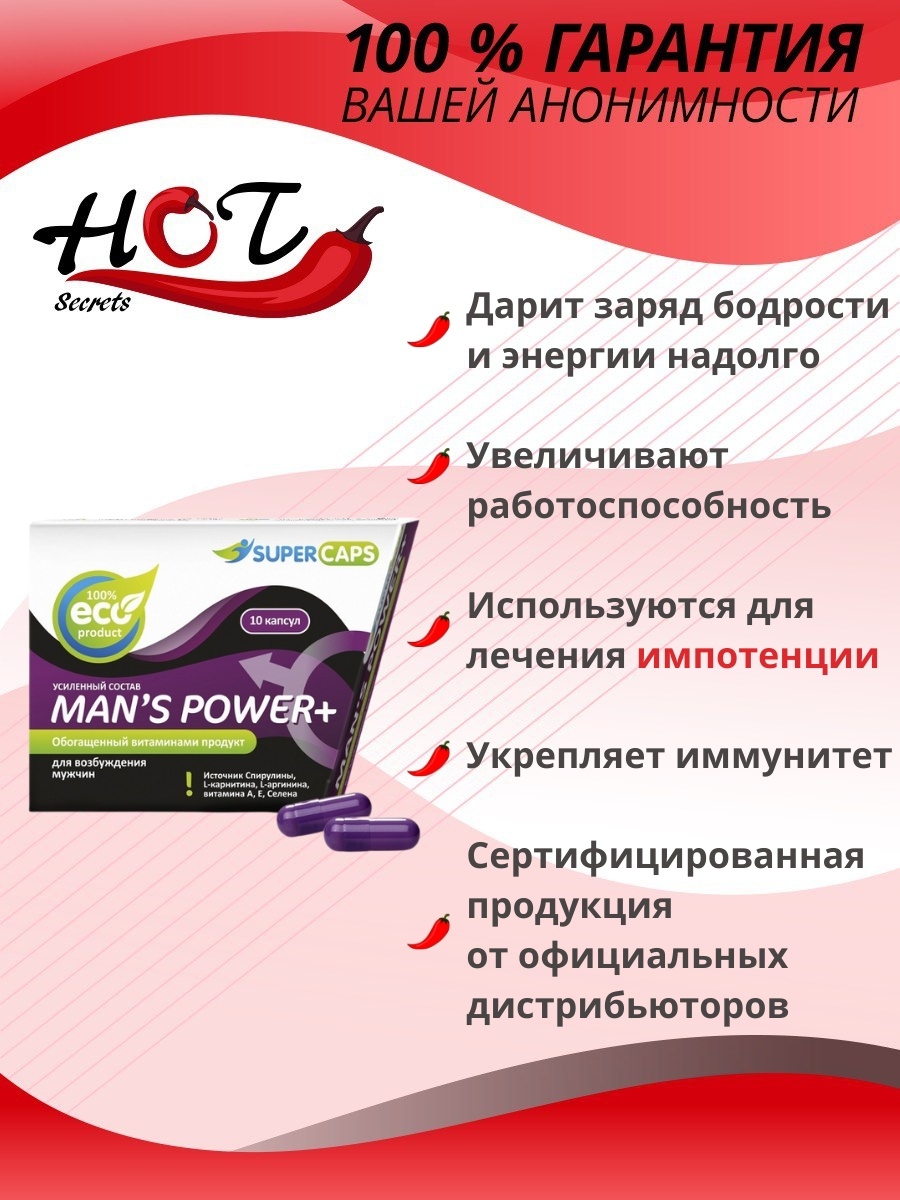
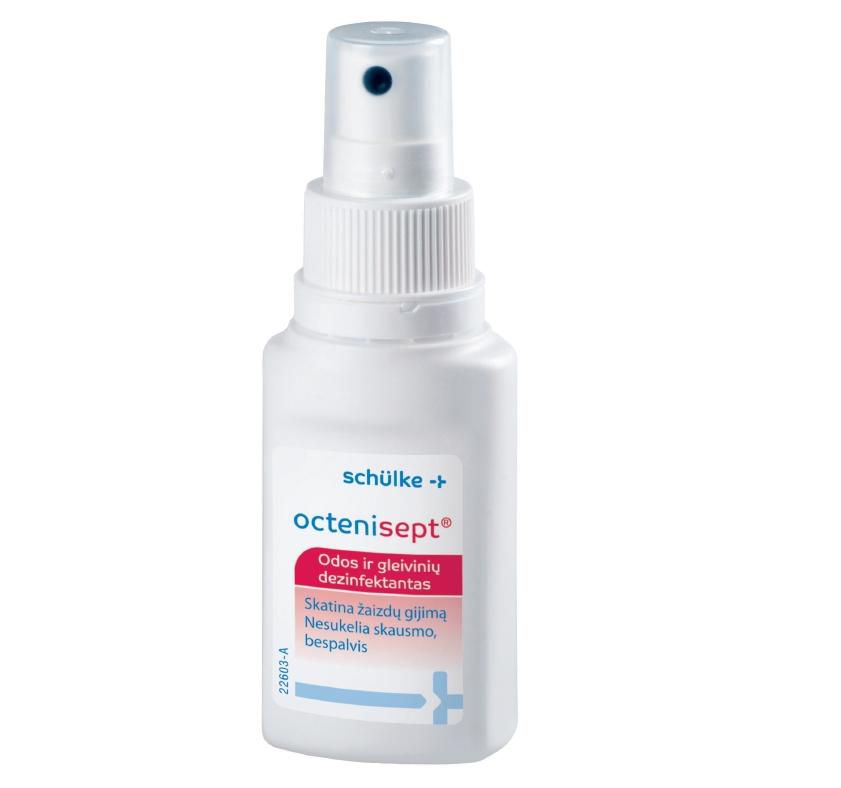
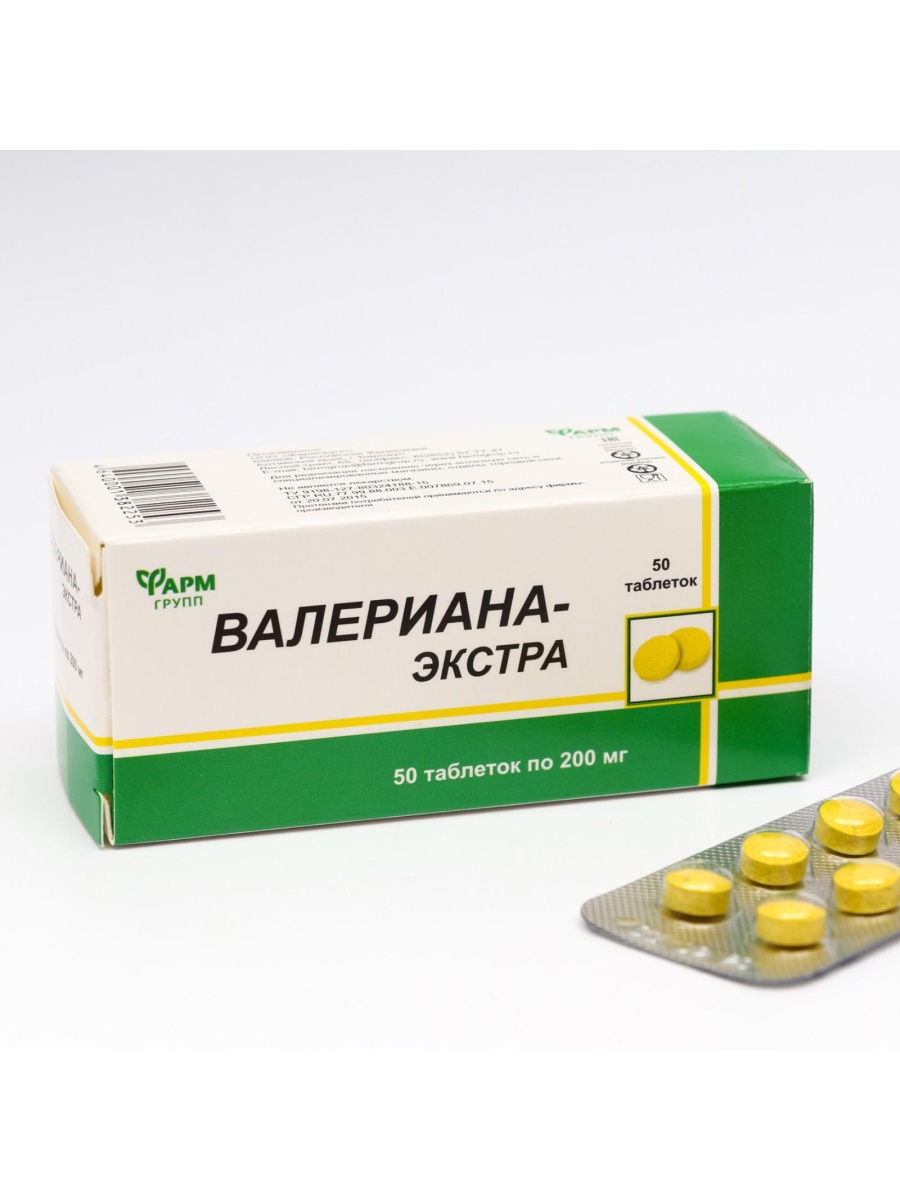
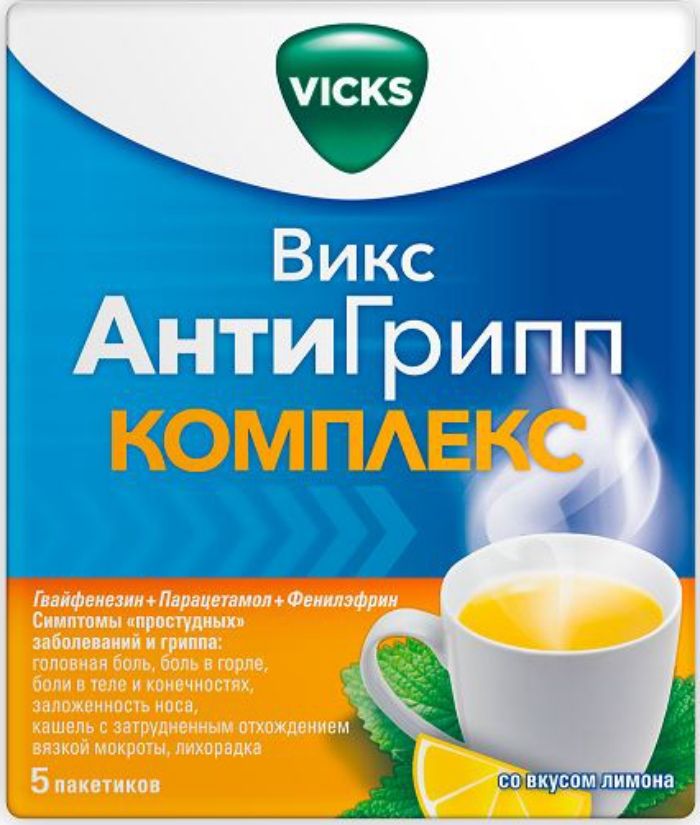





There are no reviews yet.